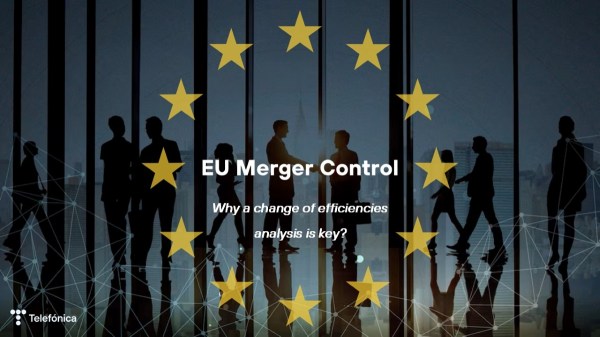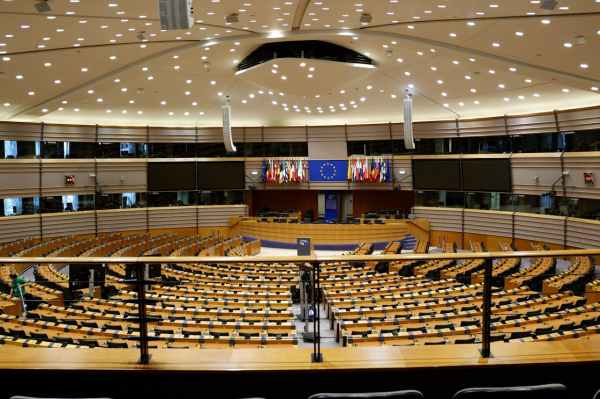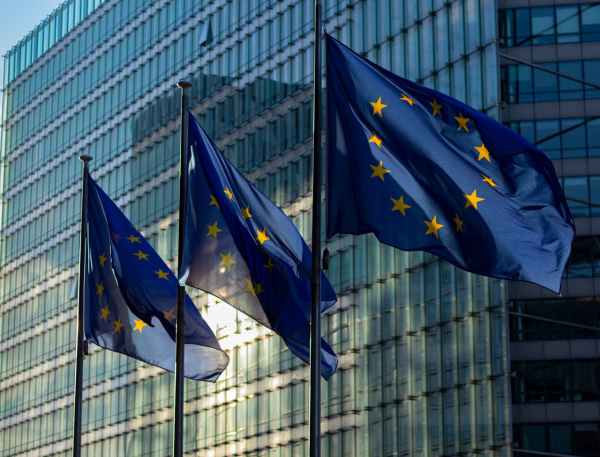Across Latin America, the telecommunications industry is experiencing a pivotal moment for its future. The demand for connectivity and the exponential growth in mobile data traffic means that large investments in technology are needed to increase the capacity of current networks.
However, according to a study by consultancy NERA, industry revenues in the region have been steadily declining, falling by 38% between 2012 and 2022. There is no doubt that without investment it is impossible to improve network coverage and quality, add more spectrum and reach more homes with fibre.
This was one of the main topics discussed at the last Latin American Digital Transformation Congress (CLTD) and Mobile 360° Latam by Telefónica Hispanoamérica, where we highlighted the importance of reviewing the current regulation to move towards a 21st century regulation that will allow us as a sector to continue to be sustainable and ensure technological deployments that reverse the digital divide.
Industry has absorbed the exponential rise of data
According to the same NERA study, demand for connectivity has increased and is expected to grow by 28% per annum for mobile and 14% for fixed over the next five years.
It is therefore imperative that all players in the digital ecosystem contribute on an equal footing to ensure the sustainability of networks. According to studies by NERA, between 2016 and 2022, major OTT (Over The Top) technology platforms have generated a fivefold increase in internet traffic. And a study presented this year at CLTD and Mobile 360 Latam, conducted by GSMA Intelligence, shows that three major OTTs account for 83% of mobile network traffic in Latin America.
To cope with this growth, operators will need to invest around US$23 billion in mobile network costs alone by 2028, and a further US$9 billion to acquire additional spectrum.
Given this situation, how can regulation, industry and the ecosystem at large address this issue to continue to make a real commitment to digital inclusion? How can we get back on the road to sustainability? Here are some of the key questions we have put forward.
It is time to review the telecommunications market structure
One of the key elements explaining the current situation has to do with a market structure that exists in several countries in the region, where the size of the industry is inadequate and profitability levels are declining. This means that the level of competition puts pressure on margins and reduces the capacity of operators to invest.
As a result, the financial sustainability of the telecommunications industry in the region has shown signs of restructuring or operator closures in recent months, confirming that the industrial order in several Latin American markets is not optimal.
One of the main points raised was that telecoms is an industry of scale, where competition is essential, but above all, the sustainability of the sector is crucial. Indeed, in 2018, the GSMA has already detailed the negative impact of an excessive number of players, which affects investment levels and financial health.
For this reason, we have seen successful cases of industrial consolidation of markets, allowing for adequate investment and strong competition. This is the case in Brazil, where the number of national operators has been reduced from four to three, with only positive effects for customers.
Progress towards 21st century regulation is needed
As Telefónica Hispam, we have also stressed the importance of having countries that promote public policies and modern regulatory frameworks that guarantee legal certainty and regulatory predictability, because, let us not forget, telecommunications are long-term projects with high investments.
These agreements, which must be jointly promoted by public and private entities, will allow progress to be made towards deregulation and improved regulation, which will ensure that the industry returns to profitability and can continue to develop the most advanced high-speed networks on the market to promote digital inclusion.
Another fundamental issue for the development of mobile networks is the cost of spectrum, where it is essential that governments establish reasonable conditions for operators to access this resource, with a focus on maximising social welfare and not just revenue, since – it is important to reiterate – spectrum is a public good and a key element for the development of countries.
Sharing success stories
At Telefónica Hispanoamérica, we are proud to have promoted pioneering measures for the sustainability of the industry.
We can highlight Fiberco in Chile and Colombia, created together with the investment firm KKR to expand fibre coverage through neutral wholesale companies that contribute to the expansion of fibre to the home. In the case of Chile, there are already 4.5 million households with the possibility of subscribing to fibre, and 3.6 million in Colombia.
On the other hand, in Peru, we launched Internet para Todos All with Meta (Facebook), IDB Invest and CAF to expand mobile internet to rural areas, and after five years of operation, the company provides 4G connectivity to 3.6 million people in more than 18,000 rural communities.
In Mexico, since 2019, we have a capacity agreement with AT&T’s wireless last-mile access network, which allows us to cover 227 markets with LTE, representing 83% of the national population and 30% more than in 2019.
Finally, in Colombia, we formed a joint venture with Tigo, which won 80 MHz in the 3,500 MHz band in the national government’s auction for 5G technology. Today, around 640,000 Movistar customers are already enjoying 5G services, with an average connection speed of 700 to 800 Mbps per location.
This reaffirms our focus on a holistic view of the current situation of telecom operators, as our major challenge is to close the digital divide so that no one is left behind. This requires restoring investment capacity and addressing the current complex financial situation with clear and robust proposals.










